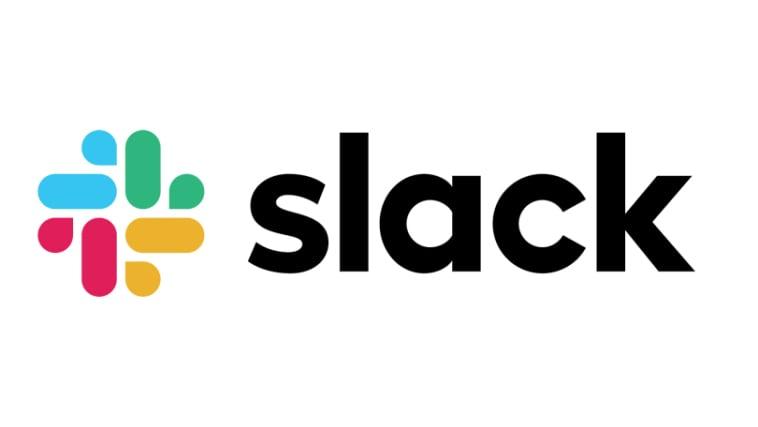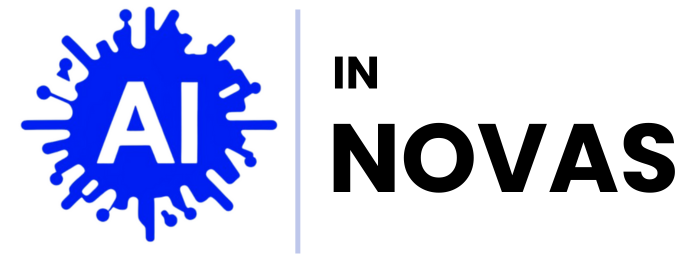In the ever-evolving landscape of workplace communication, teams are constantly seeking tools that enhance collaboration and streamline productivity. Two heavyweights in this domain—Slack and Google Chat—have emerged as frontrunners, each offering unique features and functionalities designed to cater to the diverse needs of modern organizations. Whether you’re a small startup or a large enterprise, navigating the nuances of these platforms can feel like wading through a digital labyrinth. In this article, we’ll delve into a head-to-head comparison of Slack and Google Chat, exploring their strengths and weaknesses, user experiences, and ideal use cases. Join us as we peel back the layers to help you determine which tool could be the ultimate catalyst for your team’s success.
Understanding User Experience and Interface Design
When comparing Slack and Google Chat, understanding the subtleties of user experience (UX) and interface design is crucial. Both platforms strive to facilitate seamless communication, but their approaches differ significantly. Slack adopts a vibrant and customizable interface, allowing users to tailor their experience with various themes and notification settings. This personalization fosters a sense of ownership, making the tool feel more integrated into daily workflows. On the other hand, Google Chat emphasizes a clean and minimalistic design, prioritizing efficiency and ease of navigation. Its integration with the Google Workspace ecosystem means users can easily shift between apps like Drive, Docs, and Meet without losing context, providing a streamlined experience for those already entrenched in Google’s suite of services.
An essential aspect of UX is how each platform organizes information and facilitates collaboration. Slack employs channels and threads to allow focused discussions, enabling users to dive deep into specific topics without cluttering the main conversation. This fosters a sense of community among teams. Conversely, Google Chat utilizes rooms and direct messaging, which can sometimes feel less structured. However, it supports task management features through Google Tasks and integrates Google Calendar, helping users manage time efficiently. The choice between these two largely depends on whether users prefer Slack’s customizable engagement or Google Chat’s integration-centric approach. Below is a table summarizing key features:
| Feature | Slack | Google Chat |
|---|---|---|
| User Interface | Customizable | Minimalistic |
| Organizational Structure | Channels & Threads | Rooms & Direct Messages |
| Integrations | Rich App Directory | Google Workspace |

Integrations and Compatibility: A Closer Look
When it comes to choosing a communication tool, integration capabilities and compatibility with other applications often play a crucial role in the decision-making process. Both Slack and Google Chat excel in this area, each offering a variety of integrations that cater to different organizational needs. For instance, Slack provides a vast app directory that connects with services such as Trello, Zoom, and GitHub, allowing teams to streamline workflows directly within their messaging platform. Its robust API also encourages developers to create custom apps, fostering a unique ecosystem tailored to specific business processes.
On the other hand, Google Chat shines in environments where users are heavily invested in the Google Workspace ecosystem. With seamless compatibility with Google Docs, Google Drive, and Google Meet, teams can easily collaborate on projects without switching between multiple platforms. Additionally, Google Chat supports integration with third-party tools like Asana and Dropbox, allowing users to enhance productivity without sacrificing the conveniences of their existing tools. The choice between Slack and Google Chat ultimately hinges on the applications your organization already uses and the degree to which you prioritize integration capabilities.

Cost Analysis and Value for Teams
When evaluating the financial implications of implementing either Slack or Google Chat for team communication, it is crucial to consider not just the subscription costs but also the potential return on investment (ROI) through enhanced productivity and collaboration. Both platforms offer tiered pricing structures that can accommodate varying team sizes and budgets. Here’s a brief comparison of their pricing plans:
| Platform | Basic Plan | Standard Plan | Plus Plan |
|---|---|---|---|
| Slack | Free | $6.67/user/month | $12.50/user/month |
| Google Chat | Included with Google Workspace | $6/user/month | $12/user/month |
Beyond direct costs, the true value of these platforms lies in their features that facilitate team dynamics. With Slack, users benefit from a rich ecosystem of integrations, which can streamline workflows and minimize time spent switching between apps. Google Chat, being part of the Google Workspace suite, provides seamless integration with tools like Google Drive and Docs, enhancing collaboration on shared projects. Teams should also consider factors such as scalability, ease of use, and the learning curve associated with each platform when making their decision, as these elements can significantly impact overall productivity and cost effectiveness.

Collaboration Features That Make a Difference
When comparing collaboration tools like Slack and Google Chat, the specific features tailored for teamwork can make all the difference in day-to-day operations. Slack shines with its channel-based organization, allowing users to create dedicated spaces for different projects or topics, ensuring conversations remain structured. The addition of integration capabilities further enhances its functionality, as Slack seamlessly connects with numerous apps, including Google Drive, Trello, and Asana, allowing teams to streamline their workflows. Other standout features such as custom emojis, threaded messages, and voice clips foster an engaging environment that promotes creativity and interaction among team members.
On the other hand, Google Chat integrates deeply with the Google Workspace ecosystem, which is a significant advantage for teams already using Google tools. Its smart reply and smart compose features expedite communication, enabling users to respond quickly without compromising the quality of their messages. Moreover, Google Chat’s Spaces (formerly known as Rooms) provide a space for project collaboration, bringing together documents, chats, and tasks in one cohesive unit. Features like task assignment and file sharing within the chat window streamline project management. This creates an environment where collaboration feels more fluid, allowing team members to focus on accomplishing their goals rather than getting bogged down by tool navigation.
To Wrap It Up
In the bustling world of team communication, the choice between Slack and Google Chat often hinges on the unique needs of your organization. Both platforms bring their own strengths to the table, from Slack’s rich integration capabilities to Google Chat’s seamless connectivity within the Google Workspace ecosystem. As we’ve explored the nuances of each, it’s clear that there’s no one-size-fits-all solution.
Ultimately, the best choice may depend on your team’s preferences and existing workflows. Whether you lean towards the vibrant community-building features of Slack or the intuitive functionality of Google Chat, what matters most is finding a channel that fosters collaboration and enhances productivity. So, as you navigate this digital landscape, remember: the right tool, coupled with a well-defined strategy and an engaged team, can turn communication into a powerful catalyst for success. The next step is yours—choose wisely and watch your collaboration soar!



